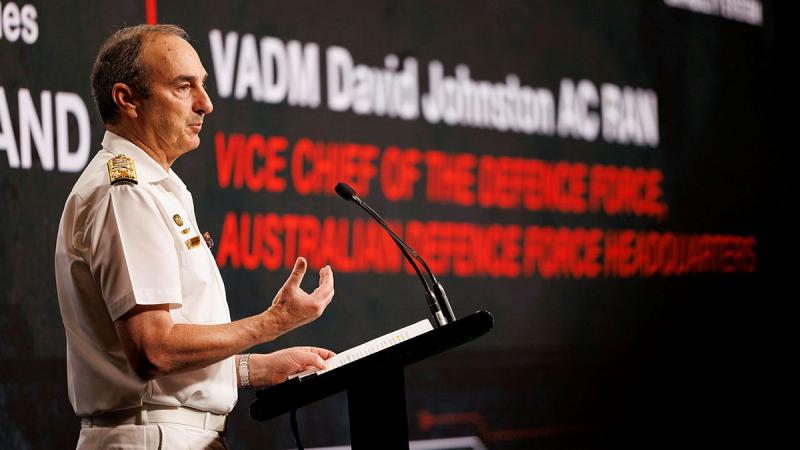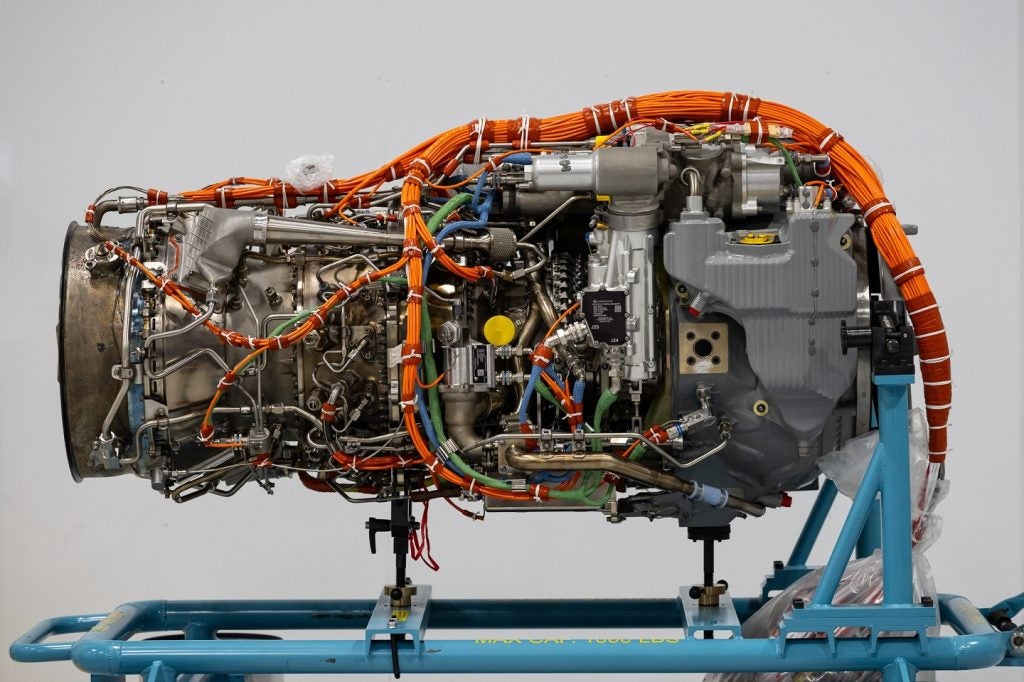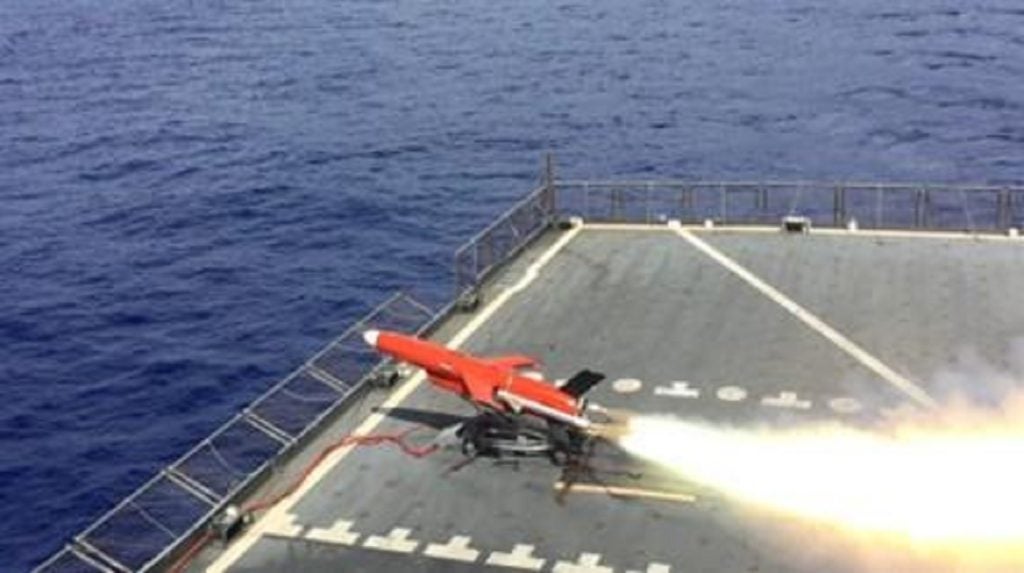In an update delivered during Australia’s Defence Capability Symposium on 13 March, Australian Defence Force (ADF) leaders detailed progress in the nation's defence capability development, as outlined in the 2023 Defence Strategic Review to meet the urgent capability enhancement.
Vice Admiral David Johnston, the Vice Chief of the Defence Force, emphasised the critical need for swift action to meet government expectations. He advocated for an approach centred on achieving "minimal viable capability," urging a shift away from seeking perfect solutions towards delivering timely and pertinent capabilities directly to those in operation.
Johnston pointed out the government's readiness to make difficult decisions, including canceling or reprioritising Defence projects that no longer match the current strategic environment.
Key priorities, including the development of long-range anti-ship, naval-strike, and land-based strike missiles, were said to be advancing steadily.
To support these goals, the ADF plans to introduce a more agile capability acquisition system, complemented by biennial updates to the Defence strategy. This marks a departure from the traditional practice of releasing periodic Defence White Papers. The upcoming National Defence Strategy, expected in the near future, will align Defence planning closely with governmental directives.
Long-range strike capabilities
At the announcement, deputy Secretary Defence Strategic Review Implementation Tom Hamilton acknowledged progress towards the accelerated acquisition of long-range strike capabilities.
The Australian MoD had set out the need to rapidly accelerate and expand its long-range fires (land-based maritime strike) programs as a part of the 2023 Review. This includes the acquisition of systems like the High Mobility Artillery Rocket System (HIMARS) and the Precision Strike Missile to enhance the Army's ability to project power and achieve strategic and operational effects, and the Review made specific mention of accelerating and expanding the HIMARS programme in the land domain immediate investment priorities.
The 2023 Review also made the case for an enhanced integrated targeting capability to support long-range strike operations in all domains. This capability was described as essential for effectively identifying and engaging targets at extended ranges, to increase the effectiveness of long-range strike missions.
This is crucial in the context of the defence posture Australia aspires to, where alignment is found between land-based precision strike capabilities and broader defence strategies, with an emphasis on synchronising the delivery of long range fires in conduction with deployment of landing craft and infantry fighting vehicles to achieve the required strategic and operational effects.
The 2023 Review also highlighted the necessity for F-35A Joint Strike Fighter and F/A-18F Super Hornet aircraft to be capable of operating the Long-Range Anti-Ship Missile. Additionally, and recommended the integration of the Joint Strike Missile (JSM) onto the F-35A platform to enhance the anti-ship capabilities of the fleet.
To enable the F-35A fleet to effectively operate the Long-Range Anti-Ship Missiles, the aircraft needed to undergo upgrades to the Block 4 configuration, essential to ensure that the aircraft can effectively deploy and utilise the advanced anti-ship missile systems, and to maintain a credible deterrence posture for protection of Australia’s maritime interests in the region.
Australia's surface combatant review
Hamilton also stated that the Ministry of Defence goals had made good progress, marked by the completion of the Surface Combatant Review.
Embracing the strategy of employing a larger number of smaller surface vessels to increase Navy's lethality and operational effectiveness, the 2023 review emphasised the need for acquiring a contemporary optimal mix of Tier 1 and Tier 2 surface combatants to enhance Navy's capability in long-range strike (maritime and land), air defence, and anti-submarine warfare.
It was deemed crucial to provide an assessment of capability requirements in light of current strategic circumstances and to determine the optimal fleet configuration.
Based on this finding, the Government was directed to conduct an independent analysis of Navy's surface combatant fleet capability to ensure that the fleet's size, structure, and composition, with particular attention to complementing the capabilities provided by forthcoming conventionally-armed, nuclear-powered submarines.
The concluding recommendation suggests a Navy surface fleet configuration of 26 major combatants, including: three upgraded Hobart class air warfare destroyers with enhanced air defence and strike capabilities; six Hunter class frigates to strengthen the Navy’s capabilities in undersea warfare and strikes; 11 new general purpose frigates designed to offer maritime and land strike, air defence, and escort functions; and six new Large Optionally Crewed Surface Vessels (LOSVs), which will substantially enhance the Navy’s capacity for long-range strikes.
The resulting recommendations for rapid capability enhancement are likely to be undermined by significant workforce challenges, acknowledged in the 2023 review. Ensuring an adequate workforce to sustainably meet enterprise priorities, readiness for future contingencies, and transitioning new and technologically advanced capabilities into service is identified as one of the biggest challenges for the Navy.












